Less Accounting vs Xero
May 19, 2023 | Author: Michael Stromann
1
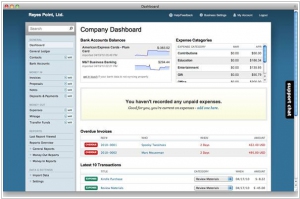
Small business accounting software from Less Everything, because your job title isn't accountant. Track all of your business expenses with LessAccounting, quickly and easily. You can put your expenses into categories, add notes to them, mark them as paid or due, and even upload a picture of your receipt with each expense. Send online invoices to any of your contacts, and track payments when you receive them. You can also set up invoices to reoccur whenever you need, and you can even accept payments for invoices via Paypal. You can customize your invoices with our powerful template engine as well.
18
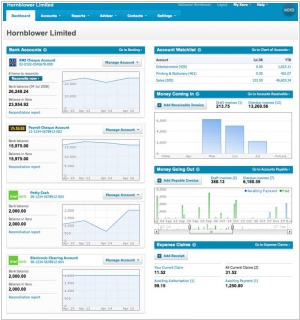
Xero is accounting software for small business. Like alternatives, Xero allows to manage invoicing, reconciliation, accounts payable, bookkeeping and more. Share access to your latest business numbers with your team & your accountant – so everyone is up to speed. Xero accounting software lets you work anywhere.
Less Accounting and Xero are both accounting software solutions, but they have key differences in their features and target audience.
Less Accounting is designed for small businesses and freelancers who prefer a simplified approach to accounting. It offers features such as expense tracking, bank reconciliation, and tax preparation. Less Accounting focuses on streamlining the accounting process and reducing complexity, making it suitable for users who want a more minimalist accounting experience.
Xero, on the other hand, is a comprehensive accounting software that caters to small to medium-sized businesses. It provides a wide range of features including invoicing, expense tracking, inventory management, payroll processing, and advanced reporting. Xero emphasizes scalability and integration with other business tools, offering a robust accounting solution for businesses with more complex financial needs.
One key difference between Less Accounting and Xero is the depth of functionality. Xero provides a broader range of features and integrates with a wide variety of third-party applications, allowing businesses to customize their accounting workflows. Less Accounting, on the other hand, offers a more streamlined set of features, focusing on the core accounting functions.
See also: Top 10 Online Accounting software
Less Accounting is designed for small businesses and freelancers who prefer a simplified approach to accounting. It offers features such as expense tracking, bank reconciliation, and tax preparation. Less Accounting focuses on streamlining the accounting process and reducing complexity, making it suitable for users who want a more minimalist accounting experience.
Xero, on the other hand, is a comprehensive accounting software that caters to small to medium-sized businesses. It provides a wide range of features including invoicing, expense tracking, inventory management, payroll processing, and advanced reporting. Xero emphasizes scalability and integration with other business tools, offering a robust accounting solution for businesses with more complex financial needs.
One key difference between Less Accounting and Xero is the depth of functionality. Xero provides a broader range of features and integrates with a wide variety of third-party applications, allowing businesses to customize their accounting workflows. Less Accounting, on the other hand, offers a more streamlined set of features, focusing on the core accounting functions.
See also: Top 10 Online Accounting software
Less Accounting vs Xero in our news:
2017. Xero integrated with spending tracker Curve
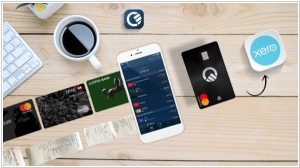
Accounting software provider Xero has joined forces with Curve, a fintech startup that enables users to consolidate multiple bank cards into a single card and easily monitor their spending. The objective of this collaboration is to simplify the process of expense filing by reducing unnecessary complexities. Through the integration, users now have the option to connect the Curve app to Xero, allowing expenditures made using the Curve card to be automatically synced with the accounting software, eliminating the need for manual entry of each expense.
2015. Cloud accounting service Xero raises $111M
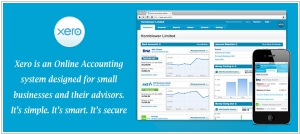
New Zealand-based online accounting software firm Xero has successfully secured a $110.8 million funding round with the aim of expanding its presence in the North American market. Including this latest investment, Xero has raised a total of over $240 million from various investors. Xero specializes in offering online accounting software tailored for small and medium-sized businesses, as well as accountants. Recognizing that many small businesses still relied on basic accounting systems or even Excel spreadsheets, Xero anticipated the future shift towards cloud-based solutions. By providing a platform that enables small businesses, accountants, and bookkeepers to perform accounting tasks online and through mobile devices, Xero has revolutionized the way they operate.
2015. Xero launched cloud payroll service in US
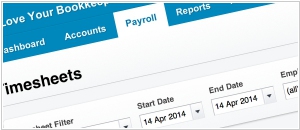
Cloud accounting startup Xero has unveiled a new product that expands its reach into the back-office realm by offering cloud-based payroll and tax software. Known as Xero Payroll, this solution specifically caters to the needs of over 5 million small businesses in the United States with less than 20 employees. Payroll management can often pose a significant financial burden for these employers, costing between $200 and $500 per month when outsourced to third-party providers. Apart from the outsourcing expenses, there is also the risk of human errors and potential penalties due to incomplete or inaccurate information. Xero Payroll aims to address these challenges by providing small and medium-sized businesses (SMBs) with a cloud-based platform similar to its accounting software. This platform enables seamless employee payment processing and facilitates the electronic filing of state and federal payroll taxes.
2013. Xero Launches New Features and Plans for a Payroll Solution
Xero, the cloud-based accounting solution designed for small businesses, has introduced a range of new features. One of the notable additions is Xero Touch, an updated version of its mobile app for Apple's iOS7. With Xero Touch, users can conveniently perform various tasks directly from their smartphones, such as checking bank transactions, creating invoices, and communicating with their accountant. Additionally, Xero has introduced Xero Files, a user-friendly drag and drop application. This feature enables users to easily upload and attach files such as invoices, expense receipts, contracts, and more, making them readily accessible and organized within the system. Furthermore, Xero Purchase Orders now allows businesses to create purchase orders in a similar manner to how they can generate invoices in Xero. The pricing for Xero's services starts at $19 per month for small businesses, which may vary depending on the volume of invoices and payments processed.


